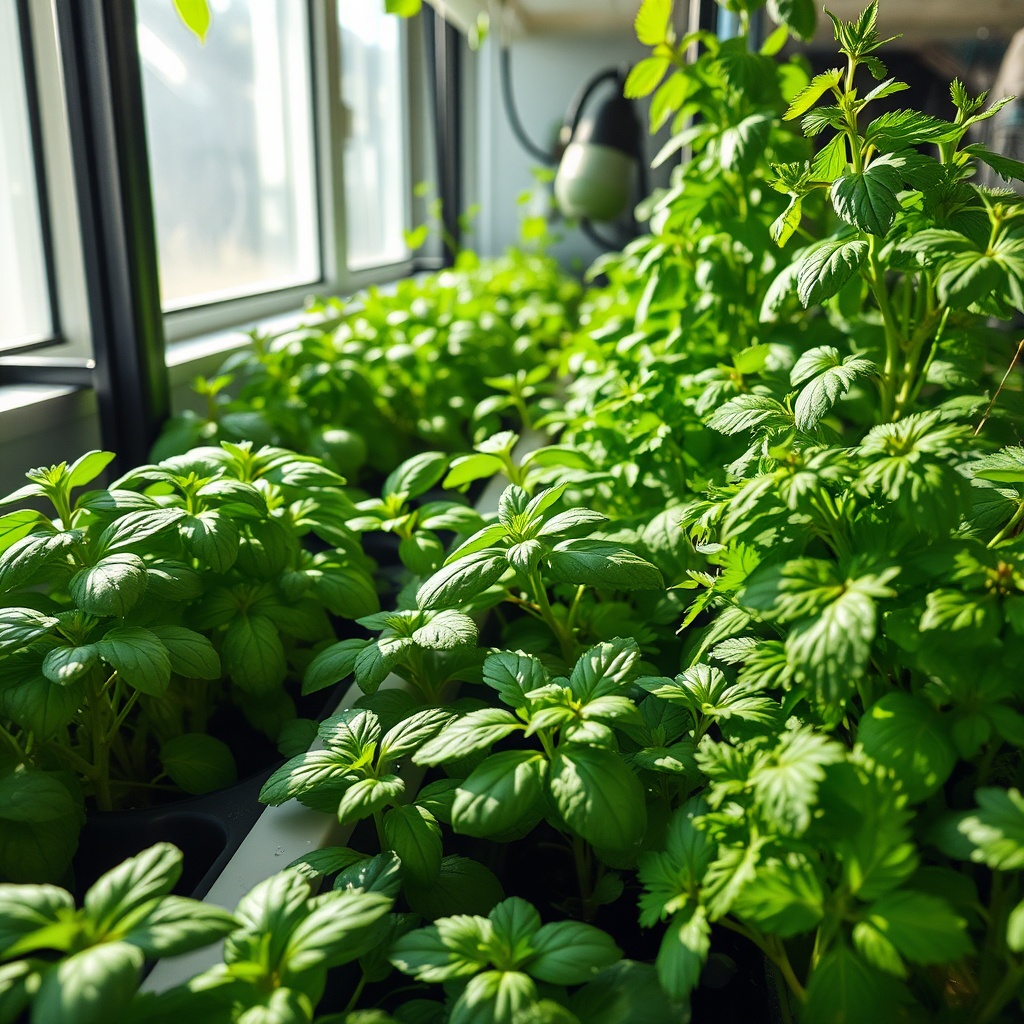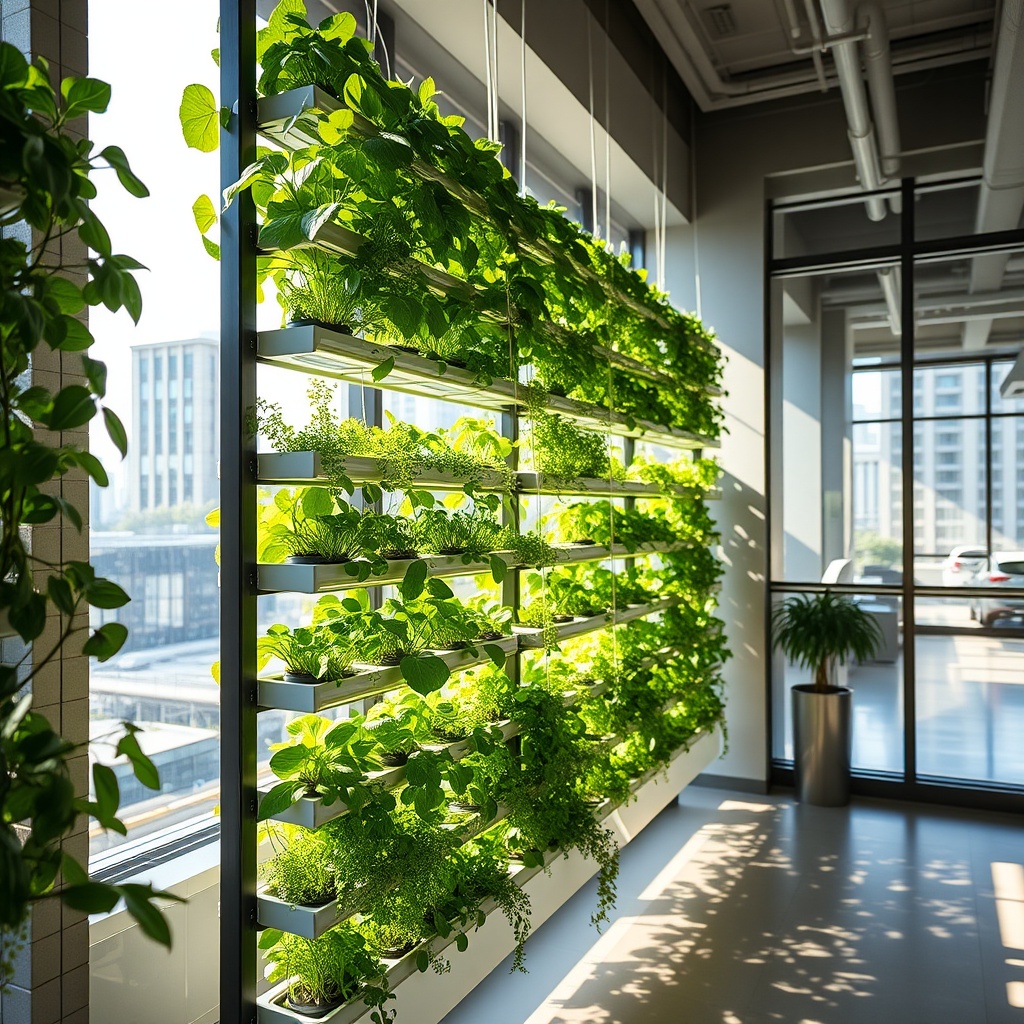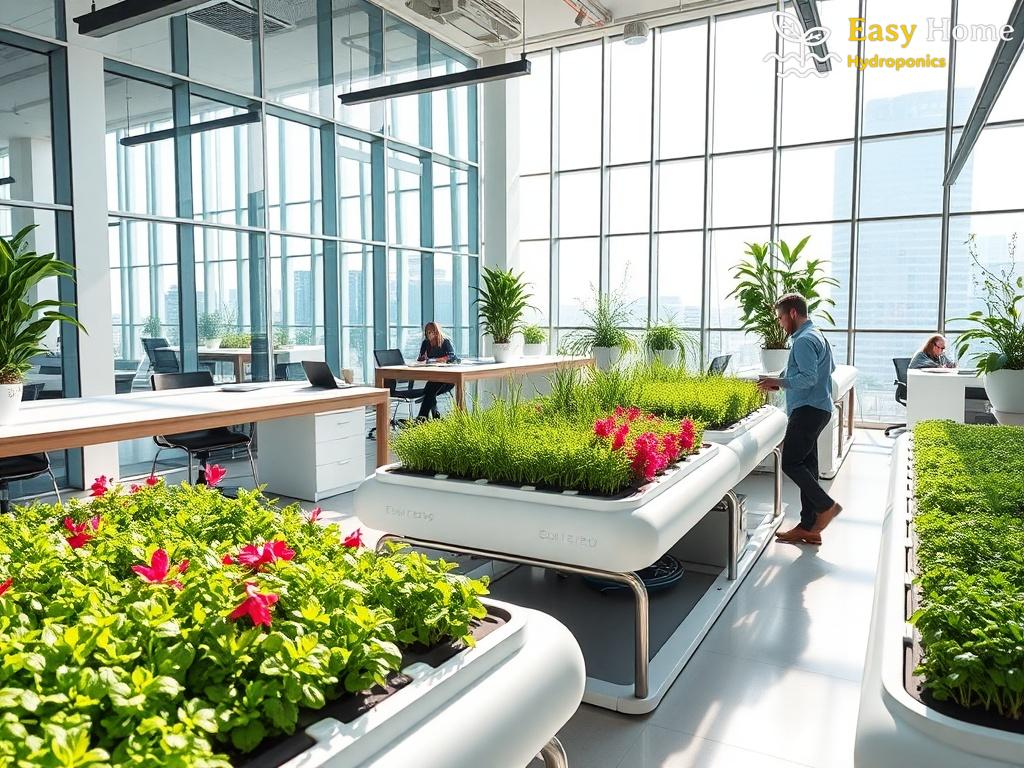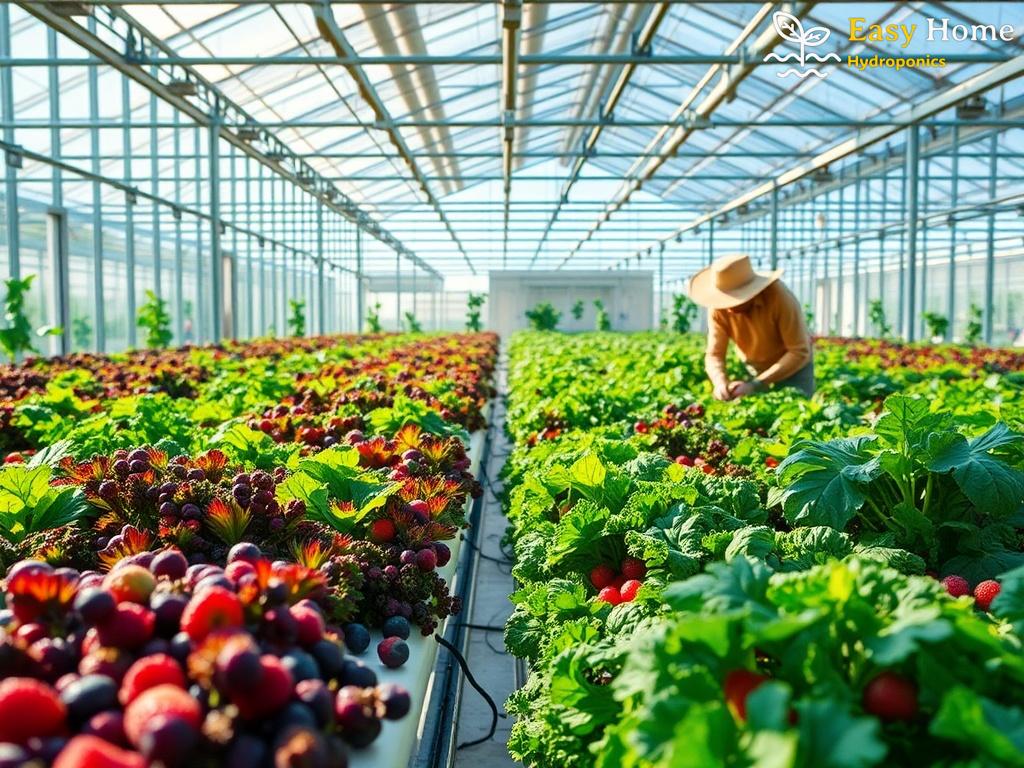The Rise of Hydroponics in Culinary Use
The culinary world is undergoing a green revolution, and at the forefront of this movement is hydroponics—the method of growing plants without soil, using nutrient-rich water instead. This technique not only maximizes space and efficiency but also allows chefs and home cooks alike to enjoy fresh herbs year-round. The appeal lies not only in the taste but in the sustainability this method offers, leading to a burgeoning market.
Why Hydroponic Herbs are Taking Center Stage
Hydroponic herbs are becoming increasingly popular for a variety of reasons. First and foremost, they are more flavorful and aromatic than their soil-grown counterparts. Because they are grown in controlled environments, hydroponic herbs are less susceptible to pests and diseases, reducing the need for pesticides. Additionally, hydroponics allows for faster growth cycles, meaning chefs can get fresh herbs on their plates more quickly.
Here’s a quick comparison of hydroponic herbs versus traditional soil-grown options:
- Flavor: Hydroponic herbs tend to have a stronger, more vibrant flavor.
- Growth Time: Hydroponic varieties usually mature faster.
- Space Efficiency: Hydroponics can be practiced in smaller spaces, such as urban settings.
- Environmental Impact: Less water and no pesticides are used, making it more sustainable.
Market Trends and Future Outlook
The hydroponic herb market is expected to continue its upward trajectory as consumers become more health-conscious and seek locally sourced options. With advancements in technology, such as LED grow lights and automated systems, hydroponic gardening is becoming more accessible for both commercial growers and hobbyists. Experts believe that as more people discover the benefits of hydroponically grown herbs, the demand will surge, leading to a vibrant and competitive market.




